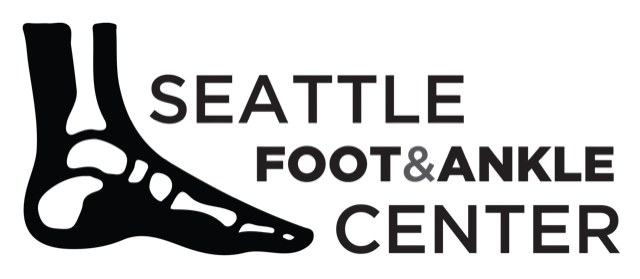Athlete’s Foot from Chicago Health SMB Brands on Vimeo.
There are many types of athlete’s foot presentation, such as in between the toes where it is wet and white; redness, dry skin or blistering on the bottoms of the feet. There may also be nails that are infected that cause a recurrent athlete’s foot infection that may also need to be treated. On the flip side, if there is persistent athlete’s foot, the fungus can make its way underneath the nails and then cause the recurrent athlete’s foot infection. For these reasons it is important to get this condition treated and to assess the condition of the toenails as soon as possible.
Athlete’s foot is a condition that often affects the skin between the toes. The skin will become soft from moisture development and may peel away effortlessly, in addition to possibly having an unpleasant odor. Severe itching generally accompanies athlete’s foot and is often caused by a bacterial infection. Medical conditions such as eczema or psoriasis may also be possible pre-existing conditions that help athlete’s foot develop. It may be prevalent in people who are involved in sports because of the heavy sweating that’s often produced. If public showers are used, it’s suggested that shoes are worn to protect the feet against fungus that may be present on the shower floor. A common method for diagnosing athlete’s foot involves scraping off a portion of the affected area to observe for any signs of infection. If you find that you have athlete’s foot, it’s important to dry your feet thoroughly, particularly in between the toes, and choose shoes that give the toes ample room for movement. Treatment may include using an antifungal ointment and powder for extended relief.
Athlete’s foot is an inconvenient condition that can be easily reduced with the proper treatment fom Dr. John Hoy from Seattle Foot and Ankle Center.
Athlete’s Foot: The Sole Story
Athlete’s foot, also known as tinea pedis, can be an extremely contagious foot infection. It is commonly contracted in public changing areas and bathrooms, dormitory style living quarters, around locker rooms and public swimming pools, or anywhere your feet often come into contact with other people.
Solutions to Combat Athlete’s Foot
- Hydrate your feet by using lotion
- Exfoliate
- Buff off nails
- Use of anti-fungal products
- Examine your feet and visit your doctor if any suspicious blisters or cuts develop
Athlete’s foot can cause many irritating symptoms such as dry and flaking skin, itching, and redness. Some more severe symptoms can include bleeding and cracked skin, intense itching and burning, and even pain when walking. In the worst cases, Athlete’s foot can cause blistering as well. Speak to your podiatrist for a better understanding of the different causes of Athlete’s foot, as well as help in determining which treatment options are best for you.
Athlete’s Foot
Athlete’s foot is an extremely contagious infection caused by a fungus that results in itching, burning, dry, and flaking feet. The fungus that causes athlete’s foot is known as tinea pedis and thrives in moist, dark areas such as shower floors, gyms, socks and shoes, commons areas, public changing areas, bathrooms, dormitory style houses, locker rooms, and public swimming pools. Athlete’s foot is difficult to treat as well because of the highly contagious and recurrent nature of the fungus.
Tinea is the same fungus that causes ringworm, and is spread by direct contact with an infected body part, contaminated clothing, or by touching other objects and body parts that have been exposed to the fungus. Because the feet are an ideal place for tinea to grow and spread, this is the most commonly affected area. It is, however, known to grow in other places. The term athlete’s foot describes tinea that grows strictly on the feet.
The most commonly infected body parts are the hands, groin, and scalp, as well as the feet. Around 70% of the population suffer from tinea infections at some point in their lives, however not all of these cases are athlete’s foot. Just like any other ailment, some people are more likely to get it than others, such as people with a history of tinea infections or other skin infections, both recurring and non-recurring ones. The extent to which a person experiences regrowth and recurrent tinea infections varies from person to person.
Sometimes people will not even know that they are infected with tinea or that they have athlete’s foot because of a lack of symptoms. However, most experience mild to moderate flaking, itching, redness, and burning. However, some of the more severe symptoms include cracking and bleeding skin, intense itching and burning, pain while walking or standing, and even blistering.
Because of the recurring nature of the tinea fungus and the athlete’s foot it causes, the best way to treat this condition is with prevention. You can take some preventative measures such as wearing flip flops or sandals in locker rooms and public showers to reduce contact with the floor. It also helps to keep clean, dry feet while allowing them to breathe. Using powders to keep your feet dry is a good idea, as well as keeping your feet exposed to light and cool air, to prevent the growth of tinea. If you do happen to get athlete’s foot, opt for using topical medicated creams, ointments or sprays. These treatments help eliminate and prevent it from coming back.
